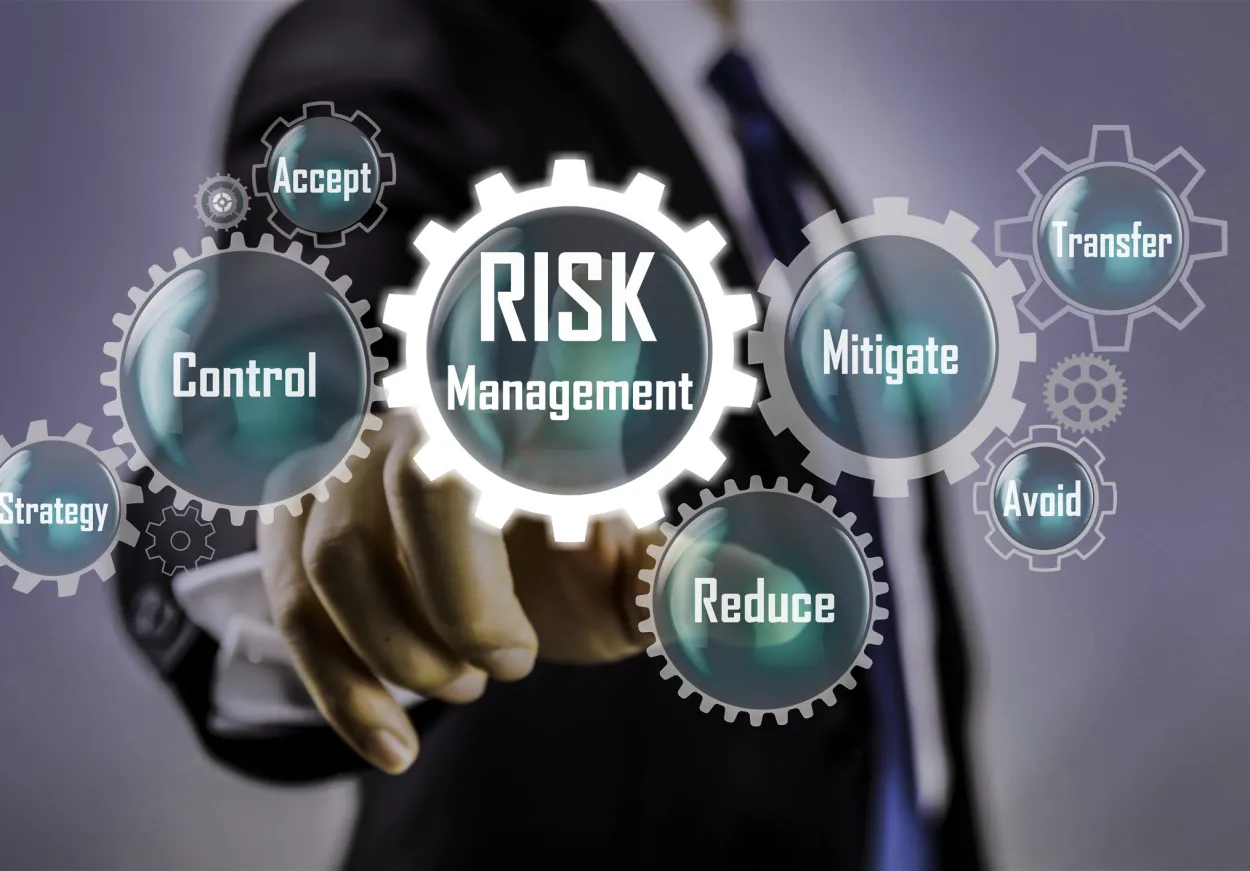Risk management plays a crucial role in the success and longevity of any business. By identifying, assessing, and mitigating potential risks, companies can protect their assets, minimize financial losses, and maintain a competitive edge in dynamic markets. This article explores the significance of effective risk management strategies and its impact on business sustainability.
Identifying and Assessing Business Risks
In today’s dynamic and competitive business environment, understanding and managing risks is crucial for the long-term success and sustainability of any organization. Risk management plays a vital role in identifying, assessing, and mitigating the potential threats that a business may face.
The first step in effective risk management is the identification of risks. This involves a comprehensive analysis of both internal and external factors that could impact the organization’s objectives. Internal risks can include operational inefficiencies, financial mismanagement, or inadequate resources, while external risks may arise from economic downturns, changes in regulations, or even natural disasters.
Once the risks are identified, the next step is to assess their potential impact on the business. This involves a thorough evaluation of the likelihood and severity of each risk and their potential consequences. By understanding the level of risk exposure, businesses can prioritize their resources and develop appropriate strategies to manage and mitigate these risks.
It is essential for businesses to regularly review their risk landscape as it is not static. New risks may emerge, while existing risks may evolve and change in nature. By continuously monitoring and reassessing risks, organizations can stay proactive in their approach to risk management.
Effective risk management enables businesses to build resilience and improve their decision-making processes. By understanding and addressing potential risks, organizations can protect their reputation, minimize financial losses, and capitalize on opportunities that arise.
In conclusion, the role of risk management in business is crucial for ensuring the long-term success and survival of organizations. By identifying and assessing business risks, companies can develop strategies to manage and mitigate these risks effectively, leading to improved resilience and decision-making.
Implementing Effective Risk Mitigation Strategies
Risk management plays a crucial role in the success and sustainability of any business. In today’s dynamic and uncertain marketplace, it is important for companies to be proactive in identifying and mitigating potential risks. By implementing effective risk mitigation strategies, businesses can minimize the impact of potential threats and ensure their long-term growth and profitability.
One essential step in implementing risk mitigation strategies is to conduct a comprehensive risk assessment. This involves identifying and evaluating potential risks, both internal and external, that could negatively impact the business. By understanding these risks, companies can develop targeted strategies to address and mitigate them.
Another important aspect of risk mitigation is developing a contingency plan. This involves creating a roadmap for how the business will respond and recover from potential risks. By having a well-defined plan in place, companies can minimize downtime, maintain customer confidence, and swiftly resume operations.
Communication and collaboration are also vital in mitigating risks. Businesses should foster a culture of open communication, where employees feel comfortable reporting potential risks and sharing their ideas for risk mitigation. Regular meetings and training sessions can keep everyone informed and ensure that risk mitigation strategies are consistently implemented across the organization.
Furthermore, businesses should consider diversifying their operations and investments. By spreading their assets and operations across different markets, industries, or products, companies can reduce their overall risk exposure. This diversification strategy can help minimize the impact of potential risks and provide alternative revenue streams.
In conclusion, implementing effective risk mitigation strategies is crucial for businesses to thrive in today’s competitive landscape. By conducting thorough risk assessments, developing contingency plans, fostering communication and collaboration, and considering diversification, companies can better navigate uncertainties and protect their interests. It is important for businesses to continually monitor and update their risk mitigation strategies to stay prepared for any potential threats to their success.
The Benefits of a Proactive Risk Management Approach
In today’s fast-paced and unpredictable business environment, adopting a proactive risk management approach is crucial for maintaining a competitive edge and ensuring long-term success. This approach involves identifying, assessing, and mitigating potential risks before they materialize into significant threats. By prioritizing risk management within your organization, you can unlock several benefits.
1. Minimizing Financial Losses
A proactive risk management approach helps organizations minimize financial losses by actively addressing potential risks. By identifying and assessing risks early on, businesses can implement effective risk mitigation strategies such as insurance, contingency plans, or diversification of investments. This proactive approach enables companies to reduce the financial impact of unforeseen events and maintain financial stability.
2. Enhancing Decision-Making Processes
Risk management is not just about avoiding or mitigating risks; it also helps businesses make better-informed decisions. By thoroughly examining potential risks and their potential consequences, organizations gain a deeper understanding of the potential impact on various aspects of their operations, including finances, reputation, and compliance. This knowledge allows for more informed and effective decision-making, leading to better overall business outcomes.
3. Safeguarding Reputation and Brand Image
An effective risk management approach also helps safeguard a company’s reputation and brand image. By proactively identifying and addressing risks that may impact customer trust or public perception, businesses can maintain a positive brand reputation and instill confidence in their stakeholders. This, in turn, leads to increased customer loyalty, brand equity, and a competitive advantage in the marketplace.
4. Promoting Compliance and Ethical Practices
By implementing a proactive risk management approach, organizations can ensure compliance with applicable laws, regulations, and ethical standards. Through regular risk assessments, companies can identify potential compliance gaps or ethical dilemmas and take prompt action to address them. This commitment to compliance and ethical practices not only mitigates the risk of legal and reputational damage but also fosters a culture of integrity and trust within the organization.
5. Encouraging Innovation and Growth
A proactive risk management approach promotes an environment that encourages innovation and growth. By actively managing risks, businesses can create a sense of security that encourages employees to take calculated risks and explore new opportunities. This mindset fosters innovation, drives continuous improvement, and positions the organization for long-term growth and success.
Conclusion
In conclusion, risk management plays a crucial role in the success of a business. By identifying and assessing potential risks, businesses are able to develop strategies to mitigate or avoid them altogether. This not only safeguards the company’s assets and reputation but also allows for better decision-making and long-term sustainability. Implementing effective risk management practices is essential for businesses to thrive in an ever-changing and uncertain business environment.




